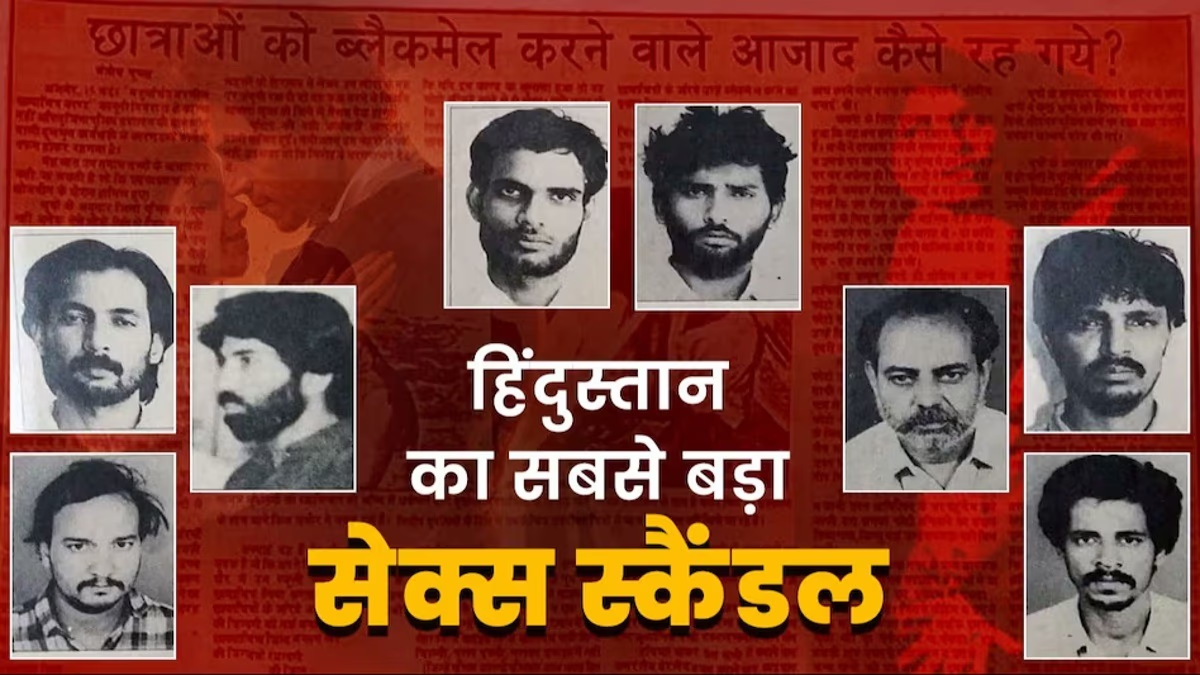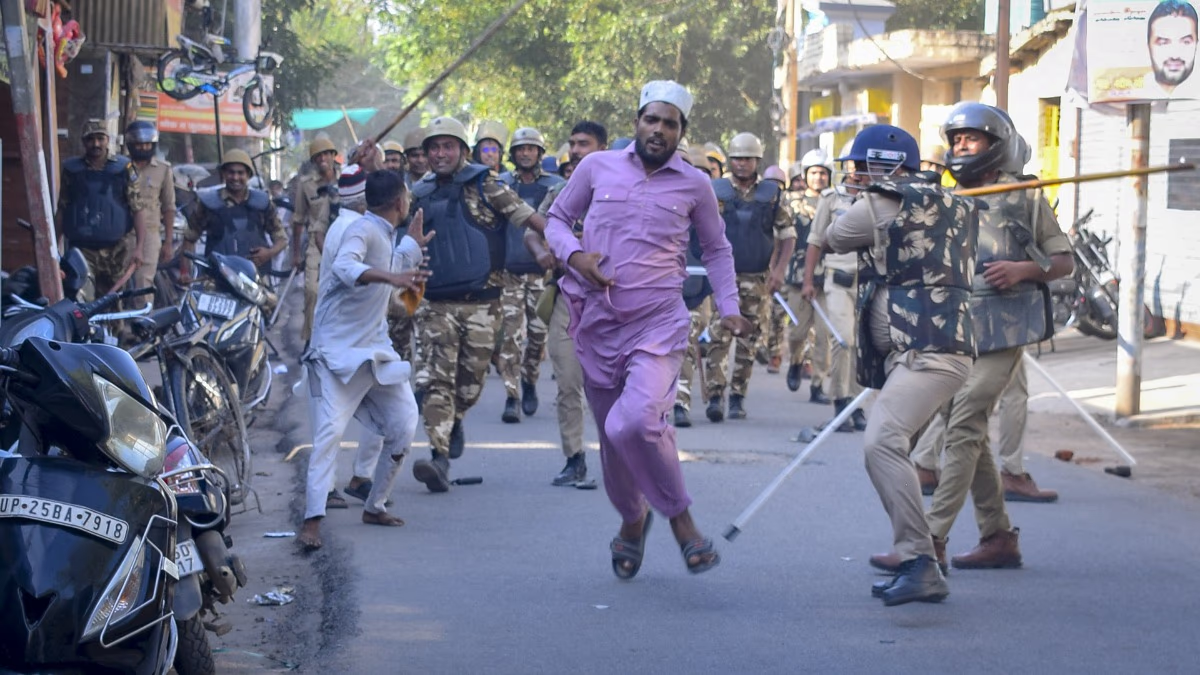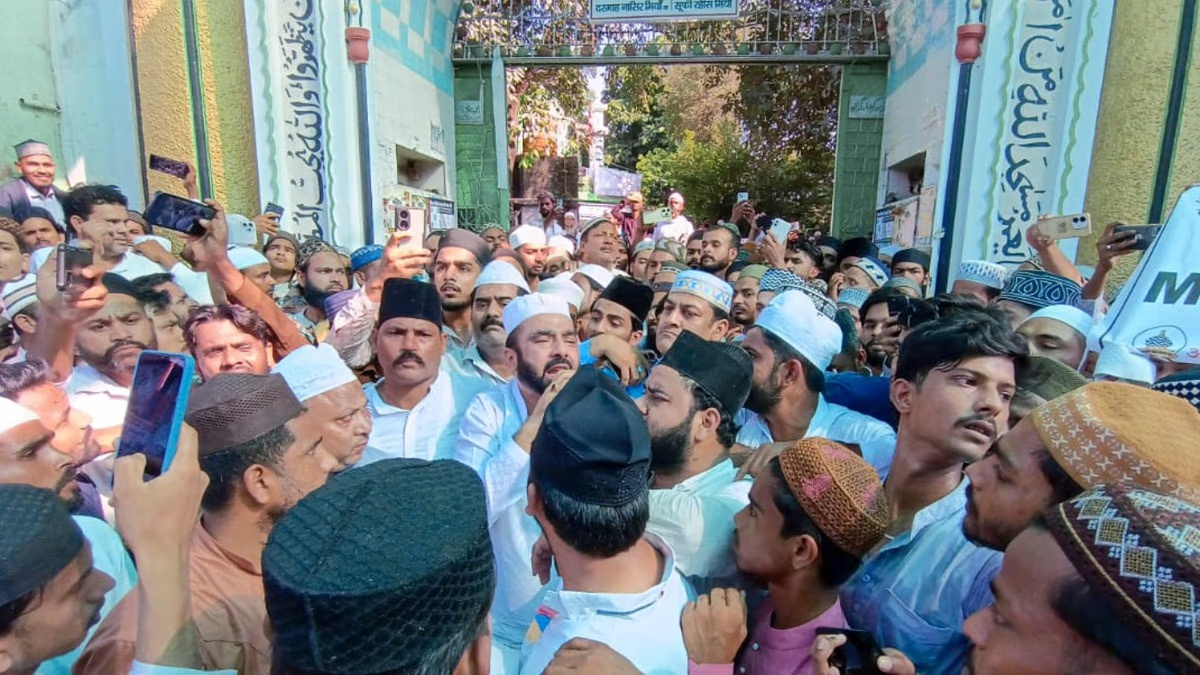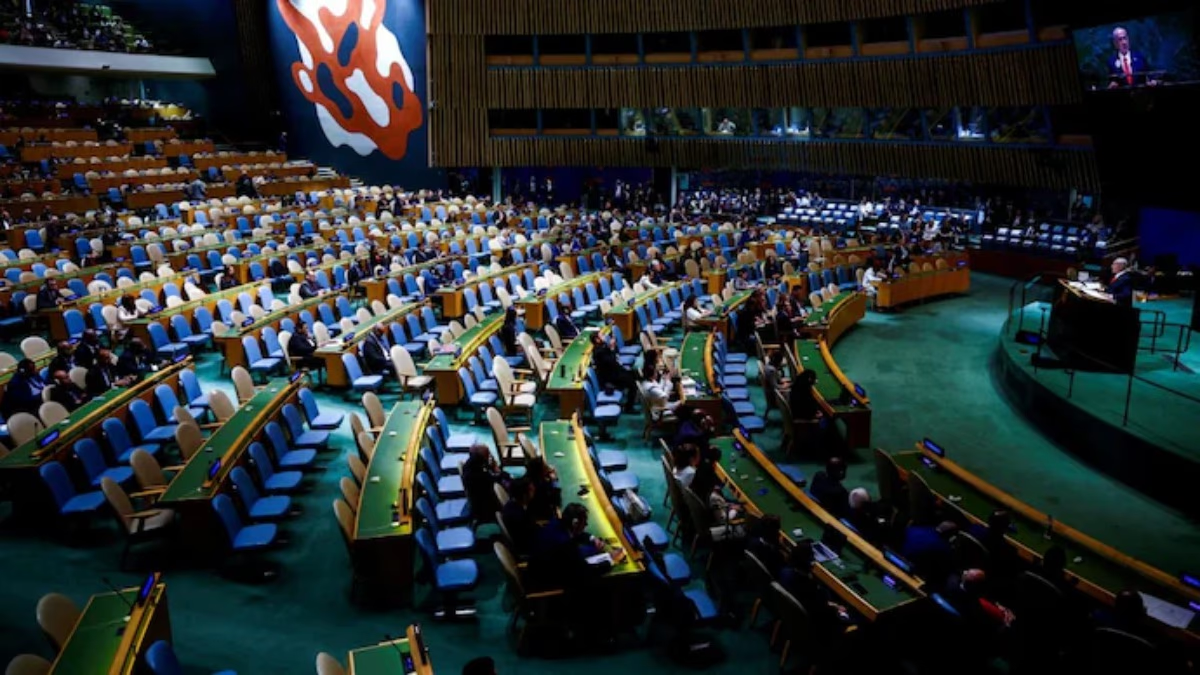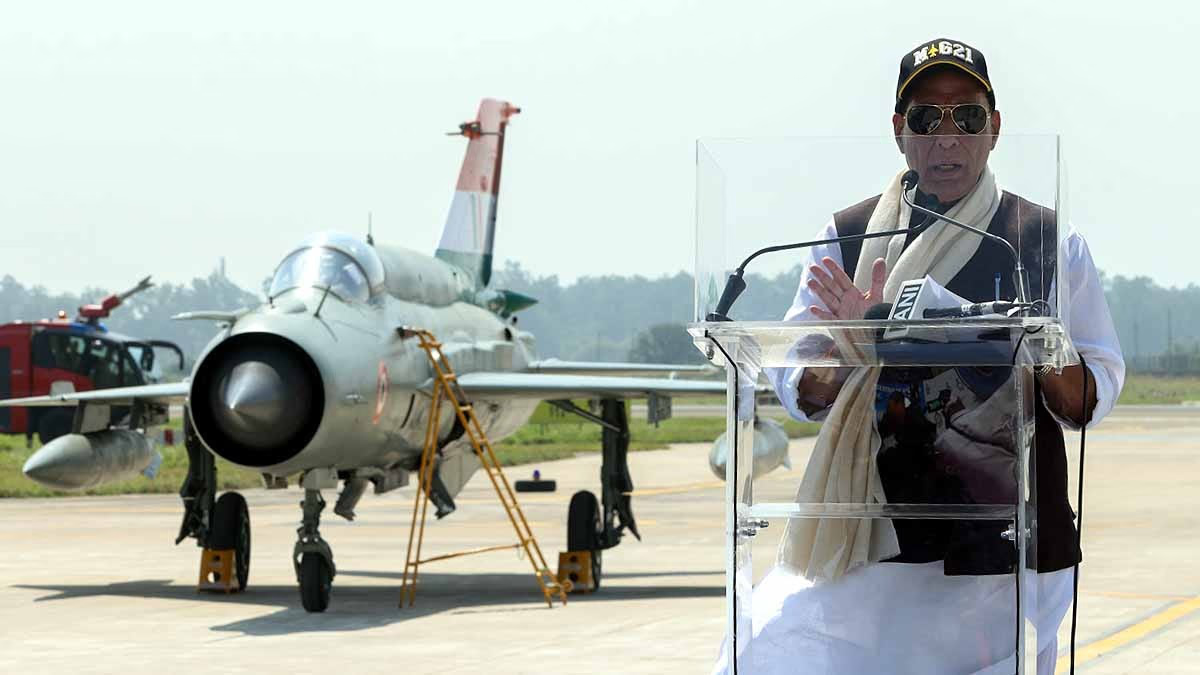Ajmer sex scandal case verdict:
In a significant decision, the special POCSO court has convicted the remaining six accused of the 32-year-old Ajmer gangrape and blackmail case. The court will deliver the sentences shortly. The convicted include Nafees Chishti, Naseem alias Tarzan, Saleem Chishti, Sohail Gani, Syed Jameer Hussain, and Iqbal Bhati, who has been brought from Delhi. The case initially involved 18 accused, with nine already sentenced, one in prison for another crime, one deceased by suicide, and one absconding till now.
Ajmer is renowned for the Dargah of Sufi saint Khwaja Moinuddin Hasan Chishti and the sacred site Pushkar. This city stands out on the religious tourism map of Rajasthan. Ajmer is well-known for its rich culture combining various traditions.
However, from 1990 to 1992, events unfolded here that tarnished this culture and left a scar on Ajmer’s social fabric.
During that time, younger generations were getting influenced by Western culture. Education, values, and dignity were disappearing. Criminals and opportunists had no fear of the police or the law. Influential figures in governance and society were complicit in these acts, from high-status officials to those tasked with awakening and guiding society. Their responsibilities took a backseat to indulgence and corruption.

Source: aajtak
The Daily Navjyoti newspaper stirred a storm with its news
Journalist Santosh Gupta’s story in the local Daily Navjyoti newspaper shocked everyone. It exposed the dark reality of schoolgirls being blackmailed with their nude photos and sexually exploited.
'Daughters of Influential People Fall Prey to Blackmail'
was the headline that shook readers and authorities alike.
From politicians to law enforcement, everyone was stunned. Questions arose - How did this happen? Who were involved? How to address this? Though it was an era without social media, word spread rapidly, creating a wildfire of whispers.

Source: aajtak
Schoolgirls Blackmailed and Sexually Exploited
More than 100 girls aged 17 to 20 from various schools in Ajmer were trapped into a web, blackmailed with their nude photos, and sexually exploited. The newspaper revealed that the offenders were influential in religious, political, social, and economic realms, causing a massive uproar in governance.
Criminals scrambled to destroy evidence, while officials maneuvered to protect their high-standing positions. Families of the victims sought to hide their shame by moving covertly away from Ajmer. Meanwhile, government and administrative personnel were busy saving their reputations and positions.
Several Youth from Ajmer Dargah’s Khuddams of Khwaja Family Were Involved
Before the newspaper exposed the scandal, Ajmer's district police administration had discovered that several affluent young men from the Khuddams of Khwaja families at the Dargah of Sufi saint Khwaja Moinuddin Chishti, who were politically connected to the Youth Congress and economically well-off, were involved in the gang.
Police Were Helpless!
The district police knew they couldn't arrest anyone without risking public order and law. They couldn't predict the impact on influential families, including police and administrative officials. Consequently, they informed the then Chief Minister of Rajasthan BJP’s Bhairon Singh Shekhawat, about the situation.
CM Bhairo Singh Shekhawat Ordered Action
Ordered to maintain peace and not spare the criminals, the police administration couldn’t decide on immediate action, giving potential suspects time to destroy evidence and flee.

Source: aajtak
News in Newspapers
About a fortnight later, the district police hadn't taken significant steps, following the initial report in the local daily about schoolgirls being blackmailed with obscene photos. Subsequently, journalist Santosh Gupta published another article titled 'How are the Blackmailers Still Free?'
Nude Photos Accompanied with News
This time, the article included photos clearly showing the sexual exploitation of schoolgirls. The photo publication caused an uproar across Rajasthan.
Another article titled 'CID Informed Five Months Ago!' followed.
A fourth article featured a statement from the state's Home Minister BJP’s Digvijay Singh: 'Saw the Obscene Photos a Month and a Half Ago.'
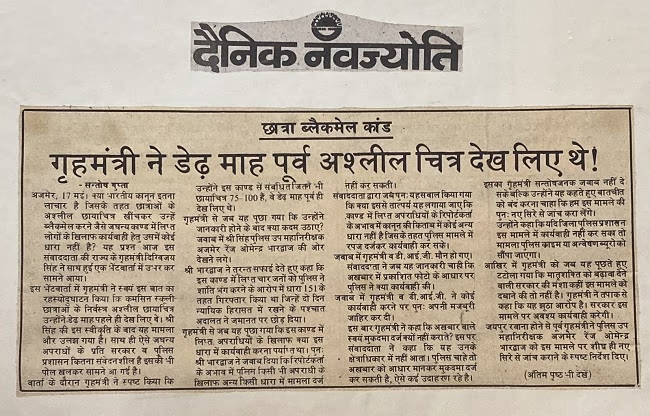
Source: aajtak
Protests erupted, demanding justice for the girls, accusing powerful Muslim youths of preying on Hindu girls in a well-organized manner. Organizations like Vishwa Hindu Parishad, Shiv Sena, Bajrang Dal, clenched their fists in anger.
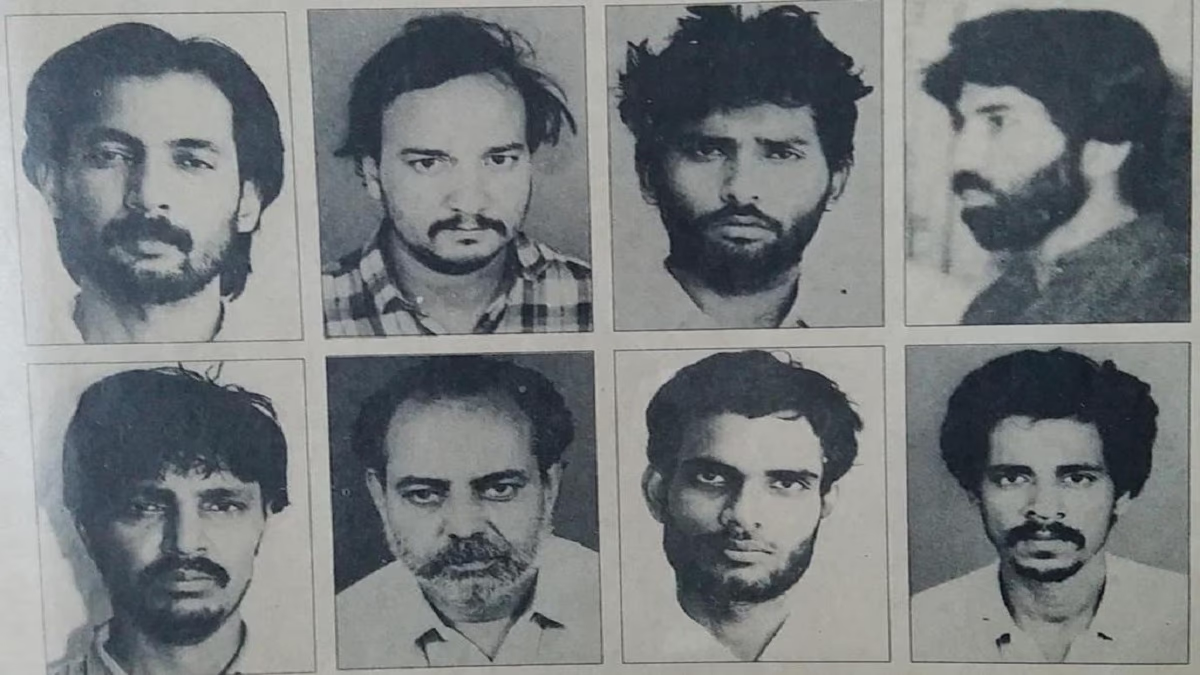
Source: aajtak
Lawyers Played a Crucial Role
The Ajmer District Bar Association called a meeting to discuss the deteriorating conditions and sought ways to hold the criminals accountable. A delegation of lawyers met the then District Collector Aditi Mehta. During talks with Police Superintendent M.N. Dhawan, they decided to detain the recognized accused under the National Security Act to quell public anger and prevent communal tension.
The secret investigation first named by BJP leader and lawyer Veer Kumar and VHP leader revealed Hindu girls being exploited by Muslim youths, causing a stir in the police administration. Initially, due to verbal orders, Deputy Superintendent Hariprasad Sharma conducted a confidential investigation.
The subsequent exposure alarmed the administration, leading to efforts to bury the case rather than bring the criminals to justice.
The then Inspector General of Police, Omendra Bharadwaj, held a press conference to downplay the scandal, contrary to prior findings, stating there was no blackmail or conspiracy, and the girls’ characters were suspicious.
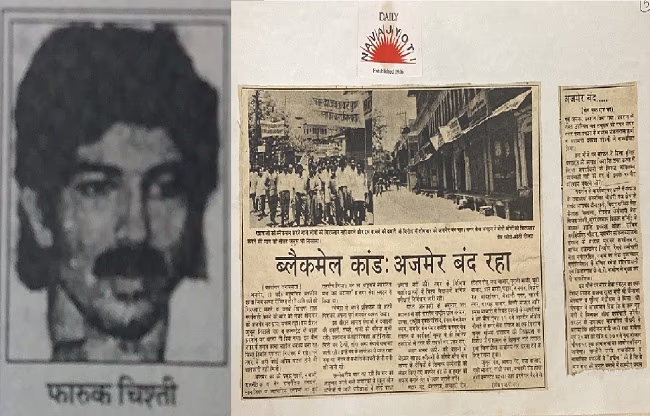
Source: aajtak
Statewide Protests Began
IGP Bharadwaj’s statements sparked statewide protests. Demands for arrests and justice surged. Towns observed shutdowns, increasing pressure on Rajasthan’s BJP government, with Congress leaders like current CM Ashok Gehlot condemning the crimes and demanding justice, pushing for a CID investigation.
May 30, 1992 - Case Handed Over to CID CB
On May 30, 1992, Chief Minister Bhairon Singh Shekhawat handed the case to CID CB, which was quickly conveyed to Ajmer police, who registered a preliminary report through Deputy SP Hariprasad Sharma.
In the first report, Sharma’s analysis noted that the gang used nude photographs for blackmail and sexual exploitation. This report identified some victims and hinted at more evidence against influential accused.
Names of Khadim Chishti’s Family Came Up
On May 31, 1992, Senior IPS officer N.K. Patni began investigations, identifying the gang members, including Youth Congress city president Farooq Chishti, vice presidents Nafees Chishti, and several others with various influential connections.
Among them, Harish Tolani managed a color lab where explicit photo reels were developed, revealing a network stretching to the Youth Congress vice-president and other culprits.
Investigator’s Revelation
Eventually, technician Babbana disclosed the scandal, initiating exposures and eventual legal actions, though many targeted, like color lab owner Ghanshyam Bhoorani, faced wrongful accusations and harassment, even leading to suicides.
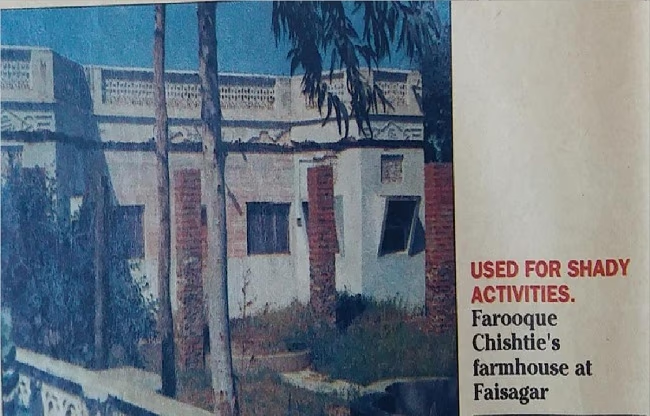
Source: aajtak
Several Girls Committed Suicide
As the scandal spread, numerous girls involved took their own lives, fearing societal backlash, a tragic and silent consequence of the exploitation.
Identifying Girls Through Photos and Videos
Despite the accused's political influence, photos and videos helped identify some victims, leading to criminal charges against 16-17 identified accused, including those still at large like Almas Maharaj.
Notable Involvement
The girls' statements accounted for most of the 17 accused, some still facing legal processes or released on bail.
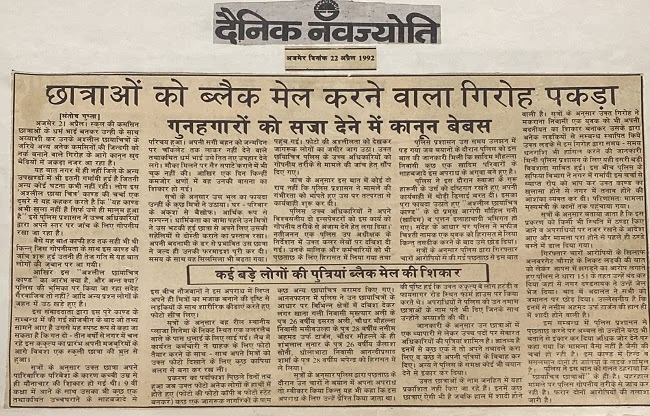
Source: aajtak
100 Victims Still Await Justice
More than 100 girls, now aged 50-54, still await justice for the heinous acts committed against them. Despite some convictions, many accused received leniency or bail, with ongoing court cases.
Main perpetrator Farooq Chishti was arrested in 2018, implicated in taking girls to secluded locations for sexual exploitation and blackmail.
Several Exonerated, Penalties Reduced, Others on Bail
The scandal traversed various courts, with initial life sentences for eight accused reduced by higher courts, while others like Farooq Chishti saw sentences reduced to time served.
Almas Maharaj remains elusive, while recent convictions include Nafees Chishti, Naseem alias Tarzan, and others, awaiting final sentencing.
Victims Struggle with Court Summons
Present-day victims, now grandmothers, struggle to attend court, often withholding the truth from families. One victim revealed the difficulty of disclosing past trauma, having to lie to attend court.
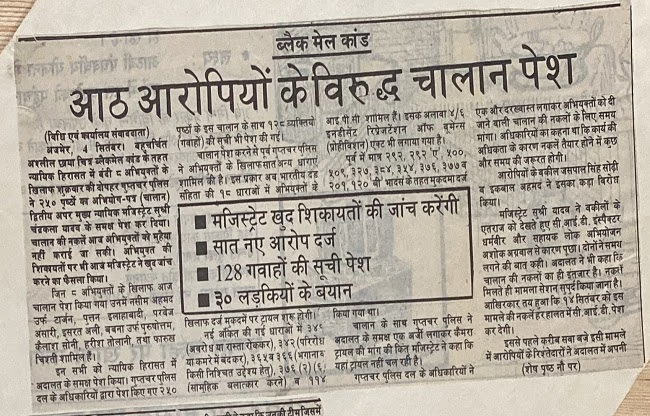
Source: aajtak
Scandal Resurfaces After Three Decades
Three decades later, in July last year, the scandal resurfaced with the release of the film 'Ajmer 92,' purportedly based on the true events of 1992.
From 'Kashmir Files' to 'Ajmer 92': Sarwar Chishti
Sarwar Chishti criticized the film, claiming it exaggerated the number of victims and targeted the Khadim community, attempting to defame the Dargah and connected institutions.
Claimed True Story Basis
Director Pushpendra Singh’s film claimed to narrate the ordeal of 250 girls trapped, raped, and blackmailed, highlighting the widespread exploitation creating a chilling chain of victimization.
